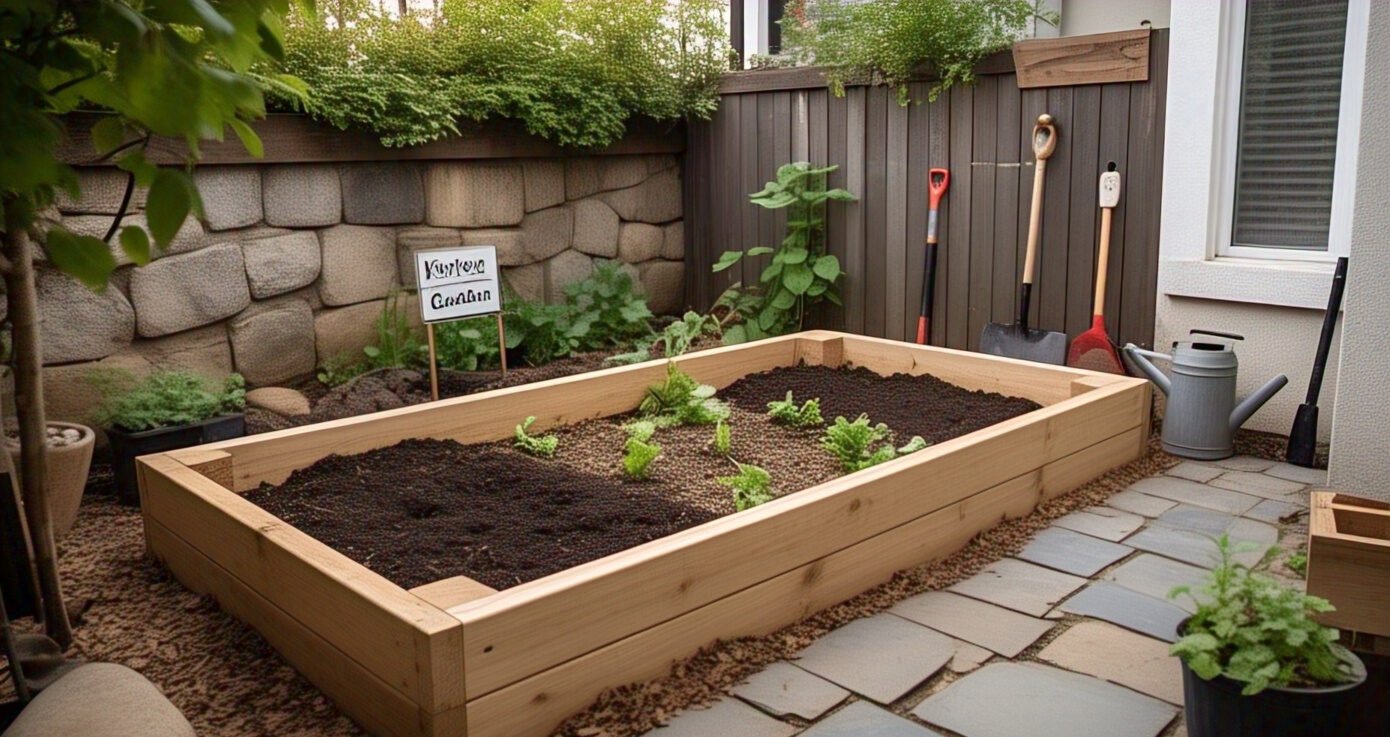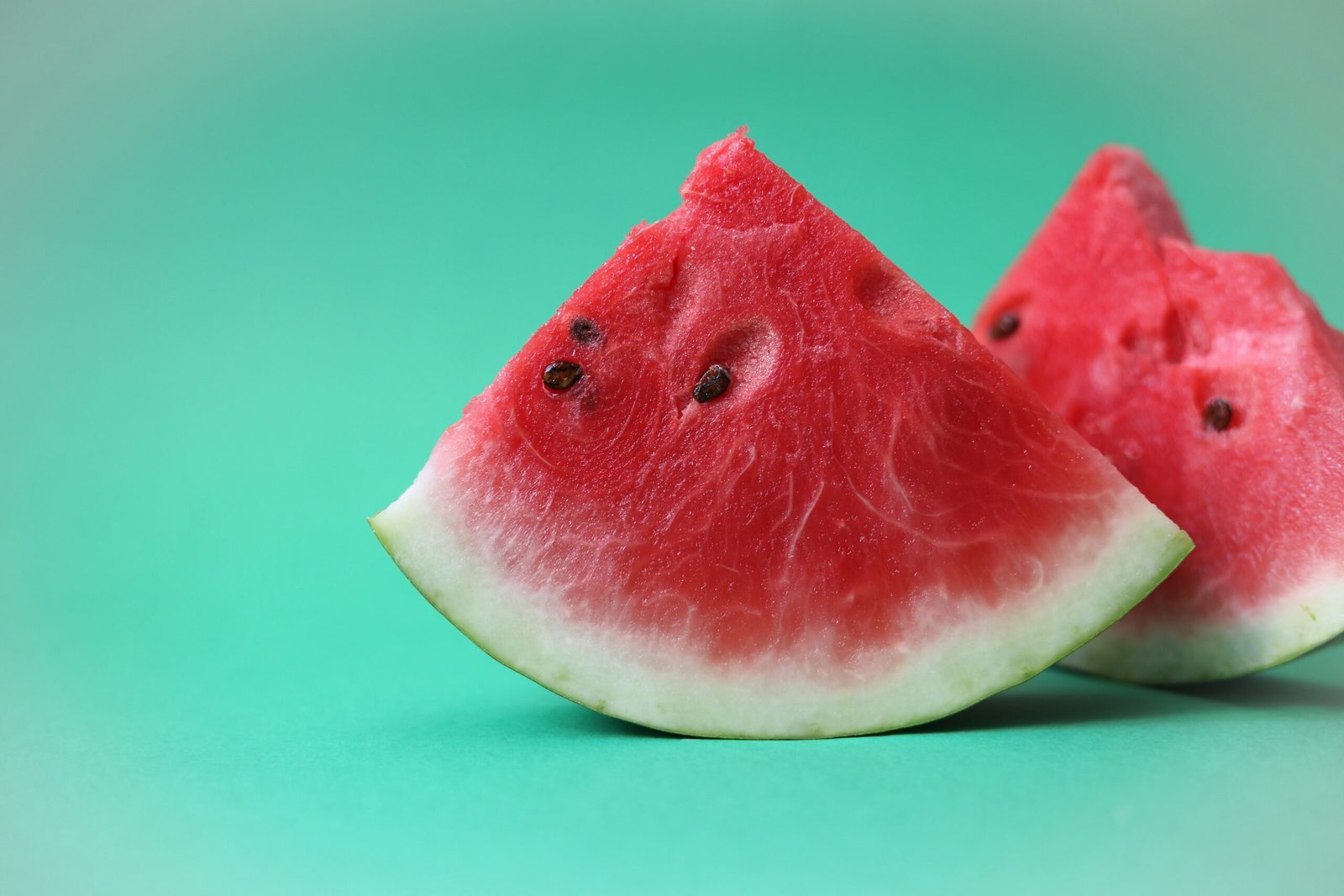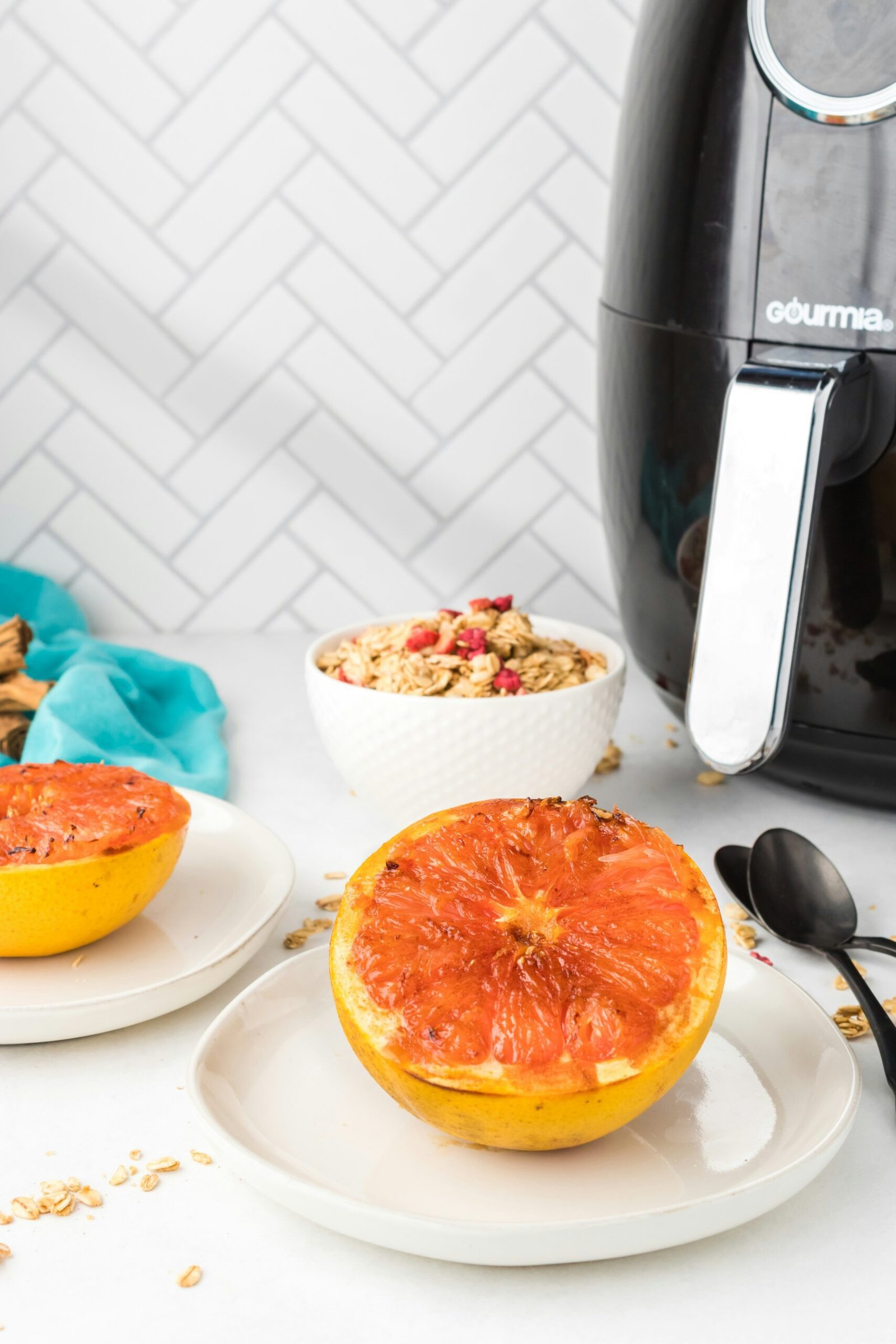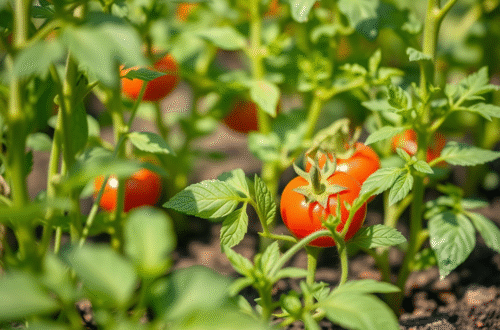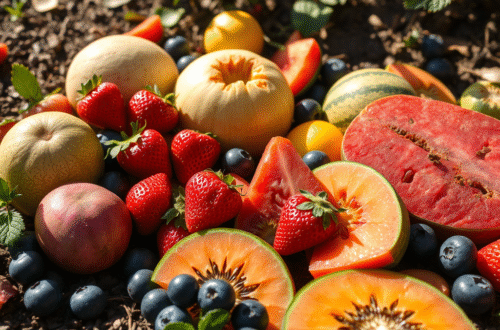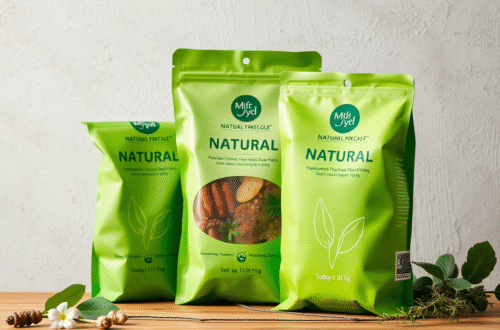DIY Keyhole Garden Filetype PDF
If you’re searching for “DIY keyhole garden filetype:pdf,” you’ll find practical guides that break down the process step-by-step, making it accessible for gardeners of all skill levels.DIY Keyhole Garden Filetype PDF: Your Complete Guide to Building a Sustainable Garden.
What Is a Keyhole Garden?
A keyhole garden is typically a circular raised bed, up to 6 feet in diameter and 2–4 feet high, with a notch or “keyhole” cut out for easy access to a central compost basket. This central basket is filled with organic waste, which decomposes and nourishes the surrounding soil, creating a self-sustaining ecosystem.
7-Day Garden Rescue Guide
Key Features of a DIY Keyhole Garden PDF
Most downloadable PDF guides include:
- Materials List: Commonly needed items are stones, bricks, or recycled materials for the wall; organic matter for composting; garden soil; manure; and a basket or cylinder for compost.
- Step-by-Step Construction:
- Measure and mark a 2m x 2m (or 6-foot diameter) circle.
- Build the outer wall using rocks, bricks, or timber to a height of 2–3 feet.
- Create a notch (“keyhole”) for access to the central compost basket.
- Place the compost basket in the center, using wire mesh or a woven mat, and secure it with sticks.
- Layer the garden bed with alternating materials: cardboard or twigs, soil, manure, ash, and compost, sloping the top layer away from the basket for drainage.
- Plant a variety of vegetables in concentric rings or curved rows for optimal growth and pest control.
- Maintenance Tips:
- Regularly add kitchen scraps and organic waste to the compost basket.
- Repair the garden wall as needed and monitor soil moisture.
- Rotate crops and plant at least four varieties to deter pests.

Why Choose a Keyhole Garden?
- Water Efficiency: The design retains moisture and reduces watering needs, making it ideal for arid regions.
- Sustainable Composting: The central basket recycles kitchen and garden waste into nutrients for your plant.
- Accessibility: Raised beds and central access make gardening easier for people with limited mobility.
- Productivity: The nutrient-rich, well-drained soil supports dense planting and high yields.
Sample Structure from DIY Keyhole Garden PDFs
| Section | Details |
|---|---|
| Introduction | Overview, benefits, and design principles |
| Materials Needed | Stones/bricks, soil, compost, manure, basket, tools |
| Step-by-Step Instructions | Site selection, marking, building walls, basket installation, layering |
| Planting Guide | Crop rotation, spacing, companion planting |
| Maintenance | Composting tips, watering, wall repairs |
| Troubleshooting | Common issues and solutions |
Where to Find DIY Keyhole Garden PDFs
- Gardening Websites: Many reputable gardening organizations and extension services offer free PDF downloads with diagrams and detailed instructions.
- Municipal and Nonprofit Resources: Local agriculture or sustainability groups often publish region-specific guides.
- Educational Platforms: University extensions and permaculture sites provide beginner-friendly plans and permaculture adaptations.
Conclusion
A DIY keyhole garden is an excellent project for anyone interested in sustainable, low-maintenance gardening. By following a well-structured PDF guide, you can build a productive garden that conserves water, recycles waste, and yields fresh produce year-round. Look for PDFs that offer clear diagrams, material lists, and practical tips to ensure your keyhole garden thrives from the start.
Discover more from Ecorganicas
Subscribe to get the latest posts sent to your email.

